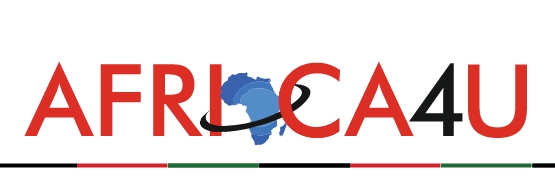(3 Minutes Read)
The Namibian secondary bond market surged in 2024, recording a record-breaking N$1.8 billion in transactions year-to-date, according to the latest data. The growth marks a significant development for the Namibian financial sector, indicating a growing appetite for bond investments.
The surge in market activity can be attributed to several key factors such as the government significantly increasing its bond issuances, driven by a need to address budget deficits and other financial obligations. Additionally, the higher domestic asset requirement, Regulation 13, has pushed investment firms to allocate more funds to Namibian assets, further boosting market liquidity.
Liquidity measures the ease with which investors can buy and sell bonds in the secondary market. The ratio of volumes traded to the total nominal outstanding indicates market liquidity. Historically, Namibia’s secondary market activity has been limited due to several factors.One of the primary reasons for limited secondary market activity has been the dominance of a few large institutional investors who have historically adopted a buy-and-hold strategy. Moreover, the amount of debt outstanding and government issuances were relatively limited until recent years.
This comes as from 2020 to 2022, debt issuances significantly increased due to the first Eurobond redemption, a wider budget deficit, and the closure of Air Namibia. During this period, Namibia’s debt stock grew by over N$20.0 billion, reaching N$68.0 billion by the end of 2022.From 2017 to 2023, secondary market trading in absolute terms increased by 48.7% per year, with a record NAD3.1 billion traded in 2022. The year 2019 also marked the highest liquidity ratio in recent years, with a ratio of 6.6%, followed by 2020 and 2022 at 5.5% and 4.6%, respectively.
In addition to increased issuances, the analyst highlighted that the improved liquidity in the market has been marked by a more diverse pool of institutional investors, both local and offshore. In 2023, he said the overall value traded was N$2.7 billion, the second highest on record, following the N$3.1 billion traded in 2022.In 2019, the total debt stock, including nominal and inflation-linked bonds (IRS and ILBs), increased to N$38.1 billion.
The overall volume traded in the secondary market also saw a remarkable increase of 287.0% year-on-year, driven by the increase in the domestic asset requirement to 45.0% and increased issuances. However, challenges remain as a significant portion of secondary trading in Namibia is conducted over-the-counter (OTC), resulting in a lack of price transparency and accuracy in volumes and values traded.
Read Also:
https://trendsnafrica.com/namibias-sbn-records-23-3-increase-in-annual-profit/
The Namibian Stock Exchange (NSX) aims to formalise the market with the introduction of a bond trading system. While the slow adoption of this system may initially slow secondary flows, it will ultimately increase the appetite for bond trading in Namibia and attract foreign players to the market in the long run.





